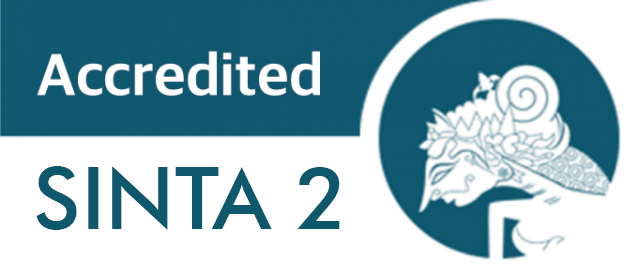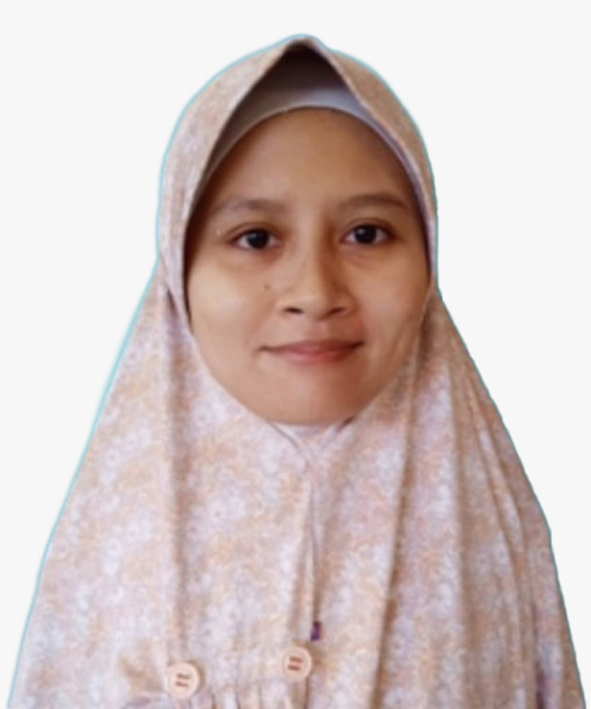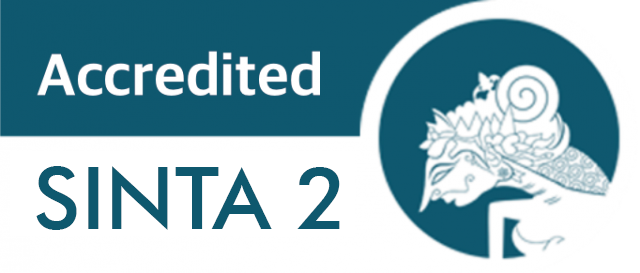Vaginismus: An Approach from biology to psychological aspect
Downloads
Background: The prevalence of vaginismus ranges from 1-6%, and the ratio becomes 5%-17% in clinical setting, although it varies widely worldwide. The main cause of vaginismus is not known, but is often considered multifactorial. This paper aims to describe the factors that contribute to vaginismus. Case: A 26 years old, married woman, health practitioner presented with the complaint of not being able to have sexual intercourse. About 1 month ago, since marriage, the patient was unable to have sexual intercourse with her husband. The patient feels guilty and anxious because of the inability to please her husband. The patient's father was very dominant and was a "religious" type of parent who always gave advice with religious aspects regarding all matters. The patient's mother was a nervous person and always said that what the father said was a law that had to be obeyed. Likewise, talk about sex is a taboo topic of discussion and is considered embarrassing. Discussion: Many factors need to be explored related vaginismus. In the case, the biological aspect can be ruled out because the patient has consulted with the ob-gyn doctor. from the psychological aspect; perceptions, attitudes and attitudes towards sex and the values "‹"‹held by parents contribute to vaginismus in this patient. Conclusion: a therapeutic approach which focuses on all aspects promises quite good therapeutic outcomes.
Copyright (c) 2023 Bintang Arroyantri Prananjaya , Syarifah Aini , Jiann Lin Loo , Diyaz Syauki Ikhsan , Puji Rizki Suryani , Alessandro Syafei Rashid

This work is licensed under a Creative Commons Attribution-ShareAlike 4.0 International License.
1. Copyright of this journal is possession of the Author, by the knowledge of the Editorial Board and Journal Manager, while the moral right of the publication belongs to the author.
2. The journal allows the author(s) to retain publishing rights without restrictions.
3. The articles are published under a Creative Commons Attribution Share-Alike (CC BY-SA) license. Many research funding bodies prefer the CC BY-SA license because it allows for maximum dissemination and re-use of open access materials. Users are free to share (copy, distribute, and transmit) and remix (adapt) the contribution under this license, including for commercial purposes, as long as they attribute the contribution in the manner specified by the author or licensor.




























